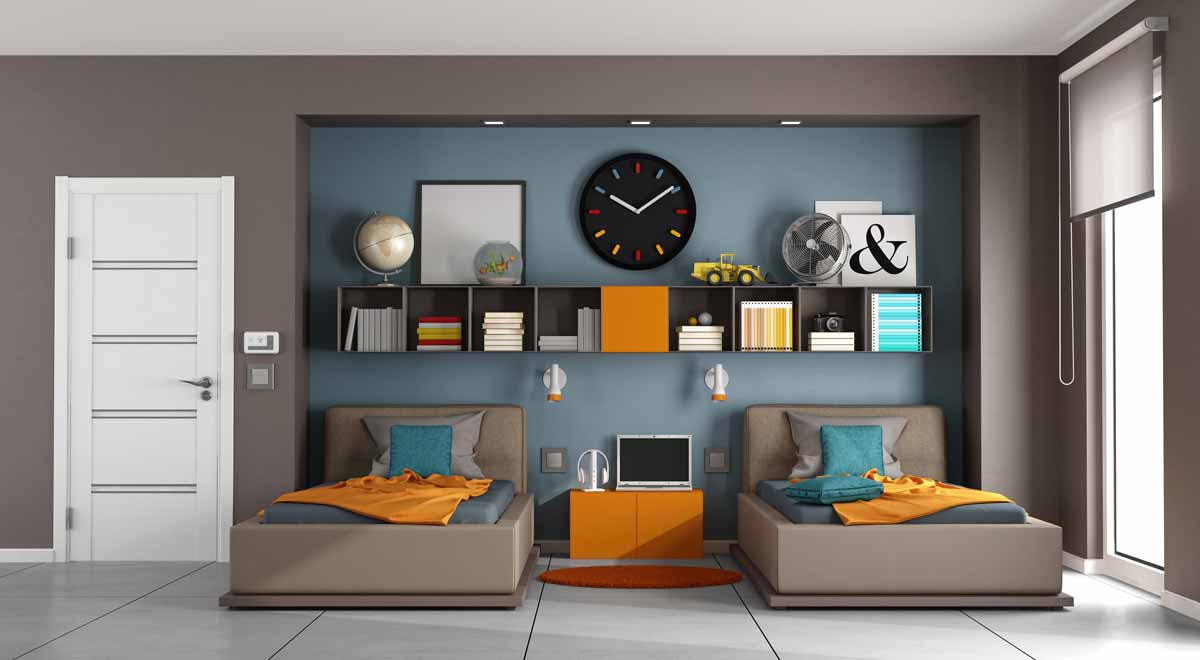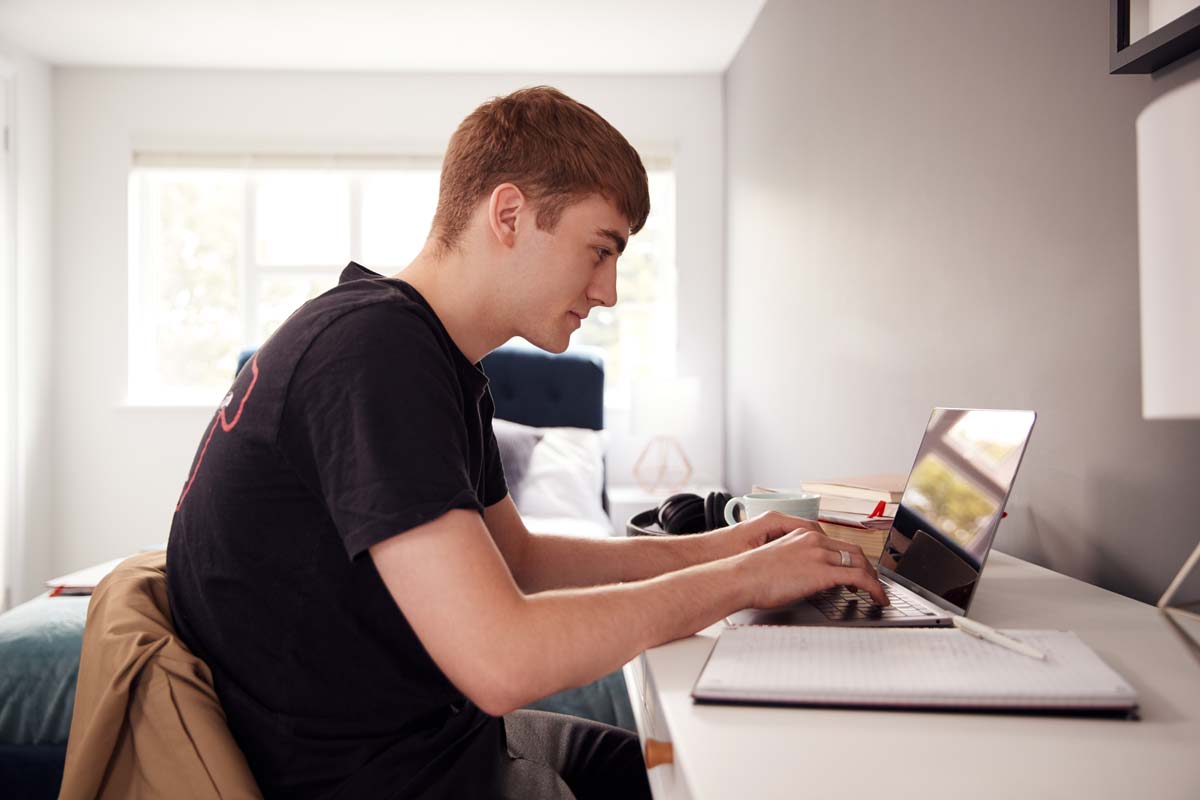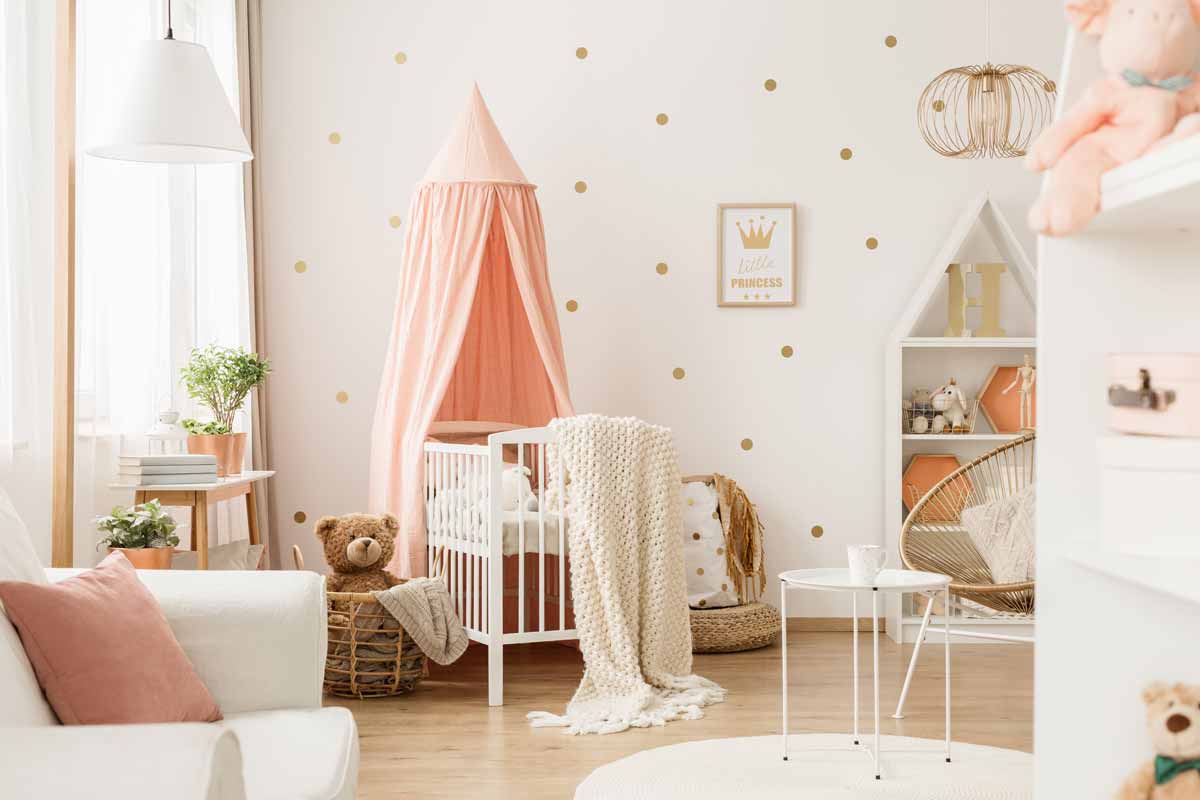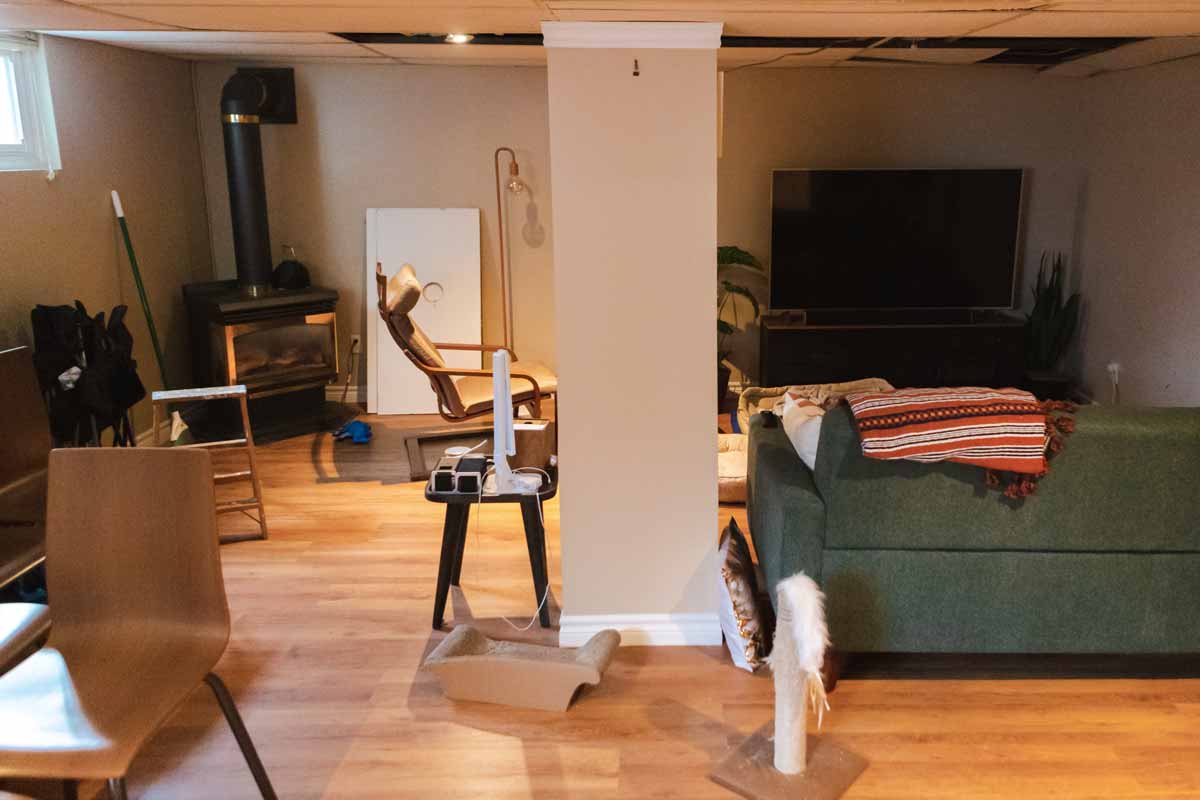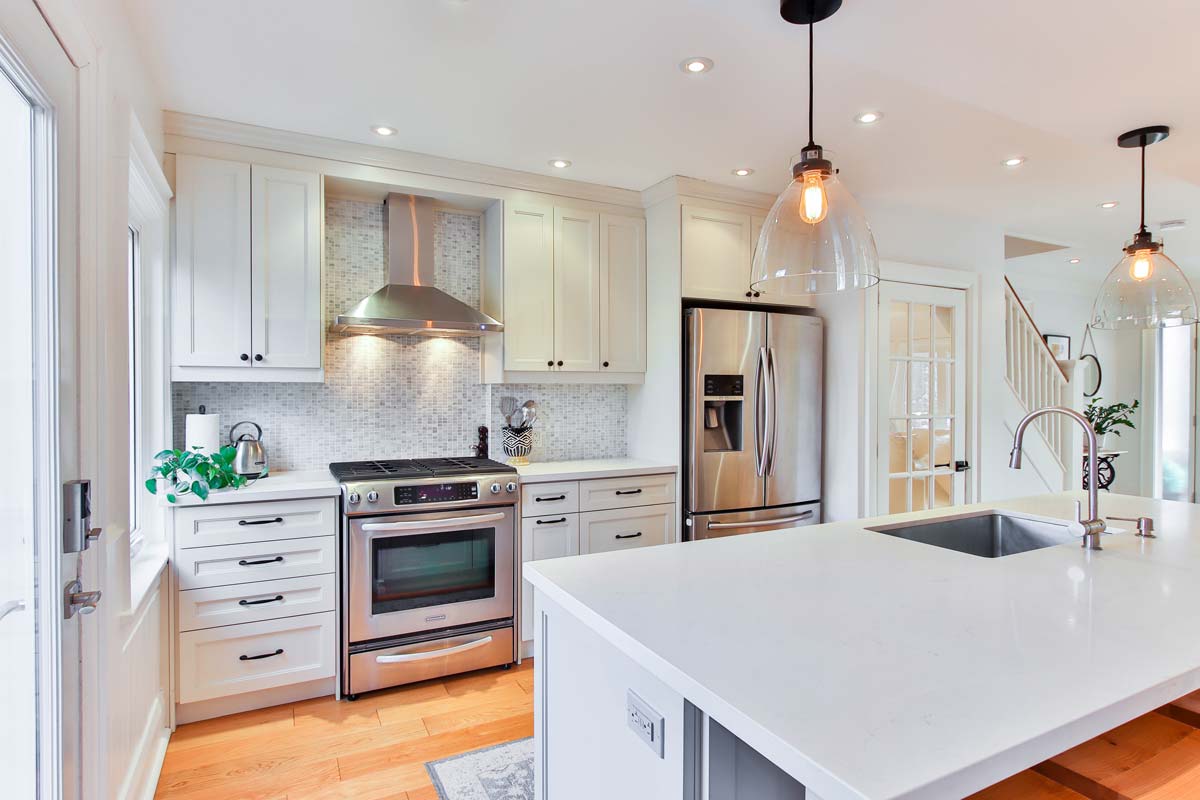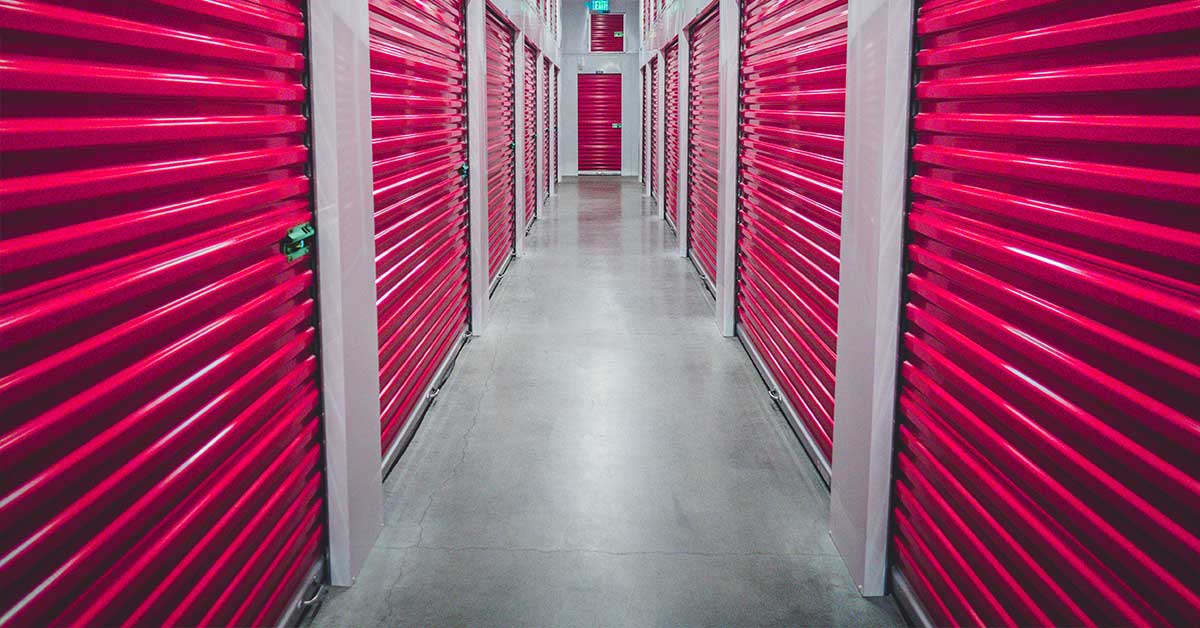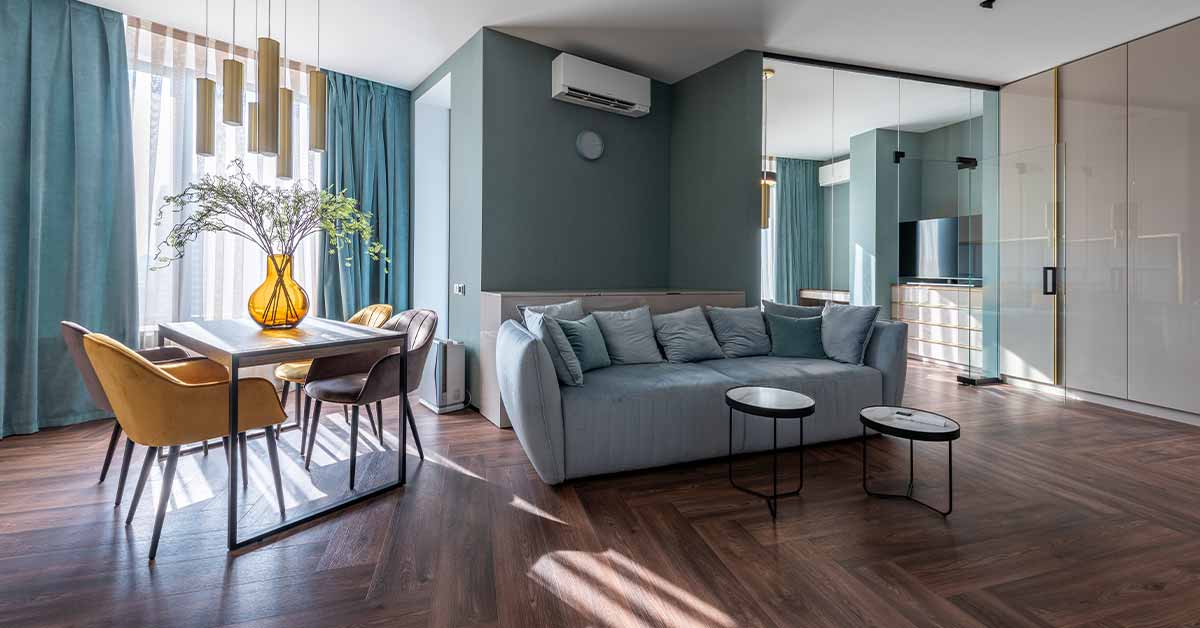Picture this: a room with clothes and shoes strewn about, clippings of your kid’s last craft project, piles of school supplies and what seems to be an endless collection of toys. Sound familiar? How many times have we walked into this scene, spent what feels like ages tidying up, only to find the exact same scene a few minutes later? Between chores, school and bedtime activities, keeping our kids’ rooms organized can be a challenge.
Instead of spending your next weekend stacking toys and other belongings for the umpteenth time, check out these 5 tips to keep your kid’s room organized year round!
Use Your Wall Space
With most of the mess in your kid’s room taking up the floor, using the wall space can be a big help. Extra tip: consider using the wall behind the door!
To do so, you can install bookshelves that will be useful to store reading and colouring books, notebooks and other materials your kid might need for homework assignments. Organizing the bookshelves with your child at the start of the school year can help create a good habit to keep their materials tidy.
To install your bookshelves, you’ll need baseboard or moulding pieces, aluminum track and wall anchors, saw, drill, hammer and screws.
- Measure and cut the aluminum track and baseboard to fit your wall space.
- Insert the wall anchors and mount the track on the wall with screws.
- Secure the baseboard pieces onto the aluminum track. You can use screws or construction glue for this.
- Fill up with your child’s favourite books. Place those materials your kid uses the most at a height where they can easily be reached; place those books seldom used higher up.
Designate and Set Up a Workstation
One of the keys to keep the mess away is to establish spaces for different activities and supplies. For example, setting up a workspace for your kid to do homework, colour or do crafts can help keep all the necessary supplies in one place.
You can set up a desk or worktable for your kid to have a surface of their own for their activities. If you have limited space, consider using a folding table or fold-up desk that can be attached to the wall and put away when not in use.
At this workstation, you can also set up a DIY organizer for all your kid’s supplies. You can keep it simple and use containers found in your own home. Here are a few storage solutions and ideas to consider:
- Use muffin trays for smaller supplies like paper clips, sharpeners and erasers.
- Clean and remove the label of soup or veggie cans. Glue Velcro or magnets to attach the cans to a board where they can be attached when not in use. These are perfect for supplies like pencils, scissors and crayons.
- Install a magnetic bar and use metal tins you can detach.
- For older kids, try repurposing glass jars where they can clearly see their supplies.
- Find inexpensive baskets or caddies to store larger supplies like glue, scrap paper and ribbon.
Whichever DIY idea you use, make sure to clearly label each container to keep everything organized. Painting containers and labelling them with your kid can be a very fun activity!
Use Mobile Storage for Toys
Once playtime is over, you might find your kid’s room looking like a toy tornado just came right through. For a quick (and, honestly, kind of fun) way to clean up, you can create your own mobile containers that can fit under the bed or at the bottom of your closet, where your kid can easily reach them. You can have your kid roll the containers around and placing toys in them before bedtime!
To create your own mobile storage, you’ll need some containers (drawers, shallow bins, crates or even baskets), glue or a drill and screws, and some casters (wheels) to attach to the bottom.
- Flip your container upside down and mark the 4 corners of your container where you’ll attach the casters.
- If you’re using wooden containers, attach the casters using the drill and screws. If you’re using plastic bins or baskets, you can simply use glue to attach them to the bottom.
- For a personalized look, you can paint your containers to match your kid’s room décor!
Set Up A Grab-and-go Station
Your kid’s backpack, jacket and lunchbox need a home within your home. To avoid finding a trail of belongings when returning home or running around in the morning in search of a lunchbox, set up a station where these can be stored.
You can create your own station using hanging hooks:
- For lighter items, you can use contact glue hooks on a strip of corkboard.
- For a sturdier station, you can use a wooden board and attach it to the wall, using a drill and screws. Then, attach hanging hooks onto the board using short screws.
- Make sure to install these hooks at a height your child can easily reach.
For heavier items, you can add a few cubbies to store loaded backpacks, rainboots or any sports gear your kids need.
Rent A Storage Unit
Sometimes you might simply run out of space to store all your kid’s belongings, even after tidying up. In this case, you can rent a storage unit to get the necessary additional space for those extra items you might not need right away, but which you can still easily access whenever you need them. Many storage facilities, such as U-Lock Mini Storage offer a variety of size options and month-to-month rental so you can get the storage unit that best fits your needs, for however long you need it.
At U-Lock Mini Storage, we have storage facilities across Greater Vancouver and Vancouver Island. Our facilities include storage units Victoria, storage units Parksville, storage units Nanaimo, storage units Burnaby,storage units White Rock and Surrey, and storage units Chilliwack. Contact us if you have any questions!
Children love playtime, but they can easily lose interest when it’s clean-up time. Have fun! Turning cleaning into a game by using a timer or playing find & fetch games will make the job enjoyable.
By using these tips, you can be off to a good start to help your children keep their spaces tidy for longer and build good habits and organization skills that can last a lifetime.

